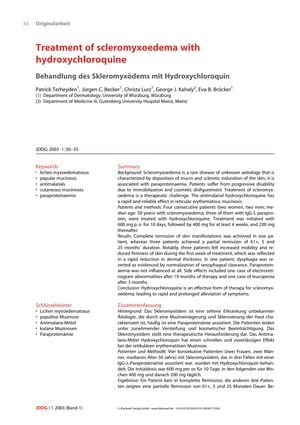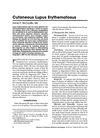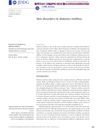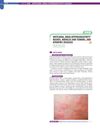Treatment of Scleromyxoedema with Hydroxychloroquine
January 2003
in “
Journal der Deutschen Dermatologischen Gesellschaft
”

TLDR Hydroxychloroquine helped improve scleromyxoedema in patients, but caused side effects in some.
In a 2003 study, four patients with scleromyxoedema were treated with hydroxychloroquine, resulting in one complete and three partial remissions of the disease. The treatment regimen started with 600 mg orally for 10 days, followed by 400 mg for at least 4 weeks, and then 200 mg thereafter. Improvements included increased mobility, reduced skin firmness, and in one case, reversal of dysphagia. The study also noted a rapid decrease in serum levels of hexuronic acid and dermal thickness, indicating a direct effect on glycosaminoglycan metabolism. However, two patients experienced side effects significant enough to discontinue the treatment. The authors suggest hydroxychloroquine as an initial treatment option due to its effectiveness and recommend further research into the pathogenesis of scleromyxoedema for more targeted therapies.




